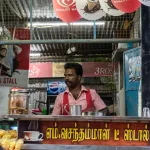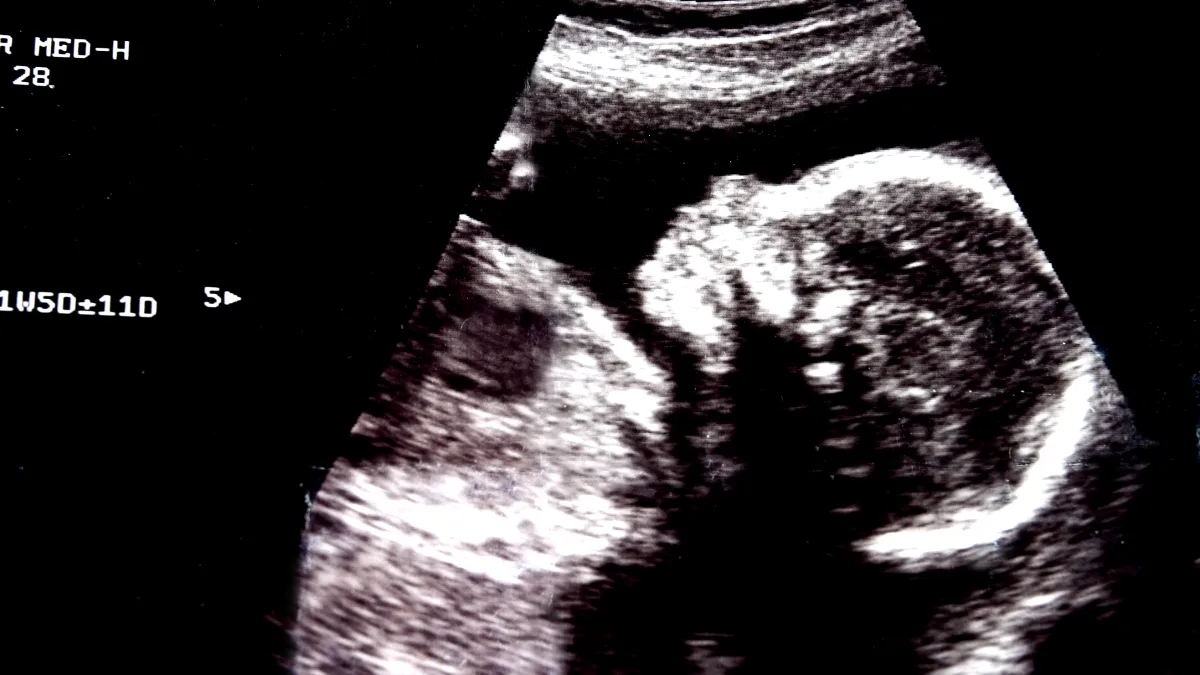Central and Eastern Europe has been reinforcing its reputation as a hotbed of digital innovation in recent years, with digital-native businesses springing up across the region. Some 34 unicorns have sprung from the region in the last decade, with digital native organisations as diverse as Romania’s FintechOS and Croatia’s Rimac Technology transforming traditional industries such as financial services and automotive.
Rimac Technology for example uses the cloud and simulation technology to design its market-leading 2,000-horsepower electric cars. The company simulates how components like electric motors, gearboxes, and battery packs will perform on the road. Using these simulations, engineers at Rimac Technology can speed up development, create better products and lower costs.
FintechOS meanwhile helps traditional banks disrupt the disruptors and manage 100 billion US dollars in assets across 20 countries. The company’s main selling point is its ability to help legacy banks and insurers accelerate their digital transformation, enabling them to build end-to-end digital products in weeks rather than months.
For Ratko Mutavdzic, CEE Digital Natives Lead at Microsoft, all of this is evidence that the barriers which used to exist in the region are simply “not there anymore”.
“People are more ready to develop something in Central and Eastern Europe,” he says, and highlights how many start-up founders in the region are willing to put something back, investing in a new generation of start-ups, “like the Skype guys.” The Estonian founders of Skype have been crucial to Estonia’s development as one of the world’s best start-up ecosystems, both in terms of capital and know-how.
Indeed for Mutavdzic, it is the ecosystem which matters most, and he stresses the importance of governments taking an interest: working with the technology community to develop an ecosystem that works, “and which is ready to adapt, quickly”. He again uses Estonia as a positive example but says that his home country of Croatia is making progress, with unicorns and government creating innovation hubs that breed more start-ups.
He also points to a change in mentality. “In the past, the Silicon Valley idea of ‘fail fast, fail often’ was not applicable in CEE. We don’t like failure.
“Now, people are more likely to say, ‘let’s create a culture of learning, a culture of exchange, a culture of failure’. More and more countries [in the region] are investing in this idea,” Mutavdzic tells Emerging Europe.
Rapid changes
CEE experienced a spurt of digital transformation during the Covid-19 pandemic, which helped make businesses in the region stronger and more agile. “Two years of transformation condensed into a couple of months,” says Mutavdzic.
Today, in the face of further economic headwinds, business leaders continue to turn to technology to help their businesses increase efficiency, productivity and resiliency.
According to PwC’s Global Survey, almost half (45 per cent) of CEOs in CEE think their companies will not be economically viable a decade from now without transforming their business. Investing in automation, upskilling, the cloud and AI top their list of priorities for the coming year. The World Economic Forum meanwhile estimates that 70 per cent of new economic value in the next 10 years will come from digital business models.
Mutavdzic believes that there will be no slowdown in the pace of change.
“I thought that part of the business world would say, ‘Covid has gone, let’s go back to how things were’. That has not happened. People saw the benefits of a rapid digital transformation and want more.”
For Mutavdzic, the rapid changes made necessary by the pandemic were a proving ground for the worth of many technologies, not least cloud computing. “Of course, cloud infrastructure was stretched, but we managed so much in such a short space of time – often from one day to the next – that the technology proved its case.”
Talent
CEE is already home to a huge amount of homegrown tech talent, aided by the emergence of multiple innovation clusters in the region. But as Mutavdzic stresses, the region is also increasingly a place where talent comes together, regardless of where it is from.
“It is not just capital and ideas that cross borders, it’s also people,” he says. “When you walk into a company headquarters there is no longer any expectation that the C-level executives or anyone else will be from that actual country. The beauty of this is that it creates ecosystems which are fluid.”
Microsoft’s Digital Futures Index (DFI) shows that on some fronts CEE already performs more strongly than some Western European ‘digital frontrunnner’ nations.
Estonia leads in the size of its start-up sector and eGovernment, Czechia has the highest overall ranking for digital maturity of businesses, Croatia boasts high levels of digital skills among the general population, and Romania is an attractive environment for digital nomads.
Latvia, Estonia and Lithuania meanwhile have been called the most “start-up-friendly” countries in Europe.
Are you ready?
Data from Microsoft’s DFI shows that as a country’s start-up sector grows, the higher it ranks globally for innovation. And innovation is key to fueling economic growth. The DFI also shows that innovation and societal progress are a product of a connected ecosystem: which includes business, the digital sector, digital infrastructure, start-ups, talent and the public sector.
Governments aren’t just a bit part in this innovation mix – they are a major catalyst in creating the right conditions for innovation ecosystems and the broader digital economy to flourish. They are also, Mutavdzic suggests, realising the key role that they have to play.
Some governments have done more than others. Some are delivering “lighthouse” public sector projects that blaze a trail for others, or encouraging private-sector digital infrastructure investment and advancing the country’s technical skills base.
In Estonia, the Burokratt virtual assistant helps citizens use speedy and efficient digital public services for several aspects of their lives. Now, the team behind it is working with partners including Microsoft to drive open-source development, encouraging collaboration between private companies, public sector and even the general public.
In Romania and Moldova, Microsoft is part of a trilateral collaboration that will accelerate digital transformation and knowledge-sharing in both countries.
In addition, Microsoft works with governments, academic institutions and NGOs across the region to drive skilling programmes that equip the workforce to stay up to date and competitive with an increasingly digital world, says Mutavdzic.
It’s all part of Microsoft being a digital change agent, empowering the region’s next generation of digital natives, aligned to its vision of DigitalHeartbeatCEE.
“We are creating systems where people can do more and create more value, regardless of where they are,” he concludes.







